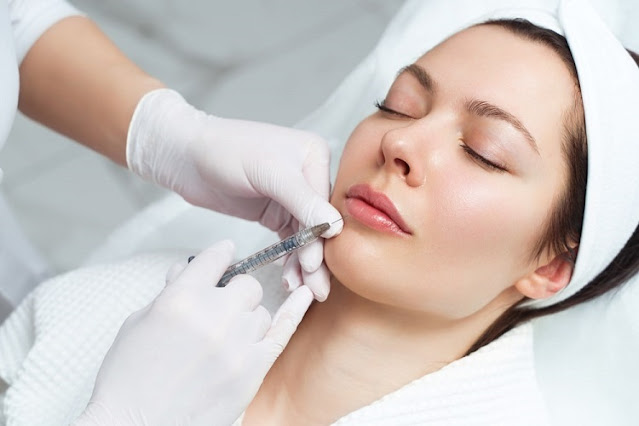Global Toluene: Toluene Market Forecast to Remain Positive Despite Near-Term Economic Uncertainties

Global Toluene Toluene is an aromatic hydrocarbon derived primarily from petroleum sources. Major applications of toluene include blending with gasoline to increase the octane rating and as a feedstock for production of benzene. Benzene is further used in plastics, resins, and synthetic fibers. Other derivatives of toluene include toluene diisocyanate, used in the production of polyurethane foams, coatings, and elastomers. In 2020, the Global Toluene stood at over 28 million tons and is estimated to grow at a CAGR of around 4% during 2021-2026. Growth will be supported by increased petrochemical capacities and continued demand from gasoline blending. However, near-term challenges from the COVID-19 pandemic including reduced mobility and industrial activity are weighing on overall demand and pricing. Sustained Demand from Petrochemical Applications Petrochemical intermediates remain the largest end-use segment for toluene, accounting for over 60% of total demand. Benzene i...








%20Closure%20Devices.jpg)
